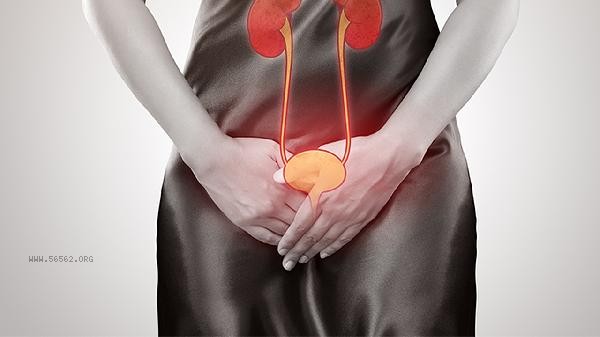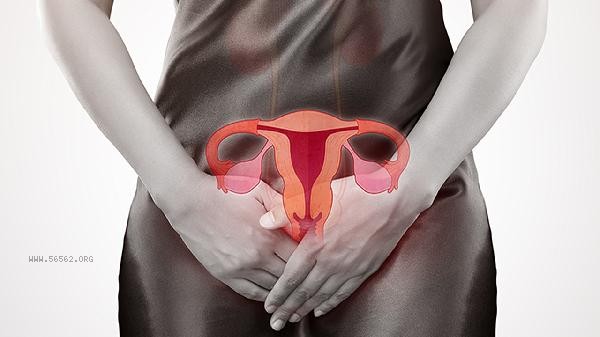The treatment methods for cervical isthmus pregnancy mainly include expectant treatment, medication treatment, and surgical treatment. Cervical isthmus pregnancy refers to an ectopic pregnancy in which the fertilized egg implants in the cervical isthmus, which may cause serious complications such as massive bleeding. Individualized treatment plans should be selected according to the specific situation of the patient.

1. Expectant Treatment
is suitable for patients with low and decreasing blood HCG levels, small gestational masses, and stable vital signs. By regularly monitoring changes in blood HCG levels and conducting ultrasound examinations, observe whether pregnant tissues can naturally absorb them. During the treatment period, close observation of vaginal bleeding is necessary. If abdominal pain worsens or heavy bleeding occurs, seek medical attention immediately. The expected success rate of treatment is relatively low, and most patients still require follow-up intervention.
2. Drug therapy
Commonly used drugs include methotrexate, mifepristone, etc., which are suitable for patients with low blood HCG levels, small gestational mass diameter, and stable hemodynamics. Methotrexate can inhibit the proliferation of nourishing cells and promote tissue necrosis and absorption during pregnancy. During drug treatment, it is necessary to strictly monitor changes in blood routine, liver and kidney function, and blood HCG levels to be alert to drug side effects and the risk of treatment failure. If the drug treatment is ineffective or there is significant bleeding, surgical treatment should be considered.

3. Surgical treatment
includes cervical curettage, cervical pregnancy lesion clearance, uterine artery embolization, etc. It is suitable for patients with large bleeding volume, unstable hemodynamics, or drug treatment failure. Surgery can quickly stop bleeding and remove pregnancy tissue, but it may damage cervical function. For those without fertility needs or those with life-threatening bleeding, hysterectomy may be necessary. postoperative monitoring of blood HCG levels to normal levels is necessary to be alert to the occurrence of persistent ectopic pregnancy. After treatment, patients with cervical isthmus pregnancy should pay attention to rest, avoid vigorous exercise and heavy physical labor, keep the perineum clean, and prevent infection. Diet should ensure the intake of high-quality protein and iron elements to help the body recover. Sexual activity should be prohibited within one month after treatment, and blood HCG and ultrasound should be regularly checked until complete recovery is achieved. Individuals with fertility needs should plan their next pregnancy under the guidance of a doctor, and undergo ultrasound examination as early as possible to rule out ectopic pregnancy after another pregnancy. If abnormal vaginal bleeding or abdominal pain occurs, seek medical attention promptly.





Comments (0)
Leave a Comment
No comments yet
Be the first to share your thoughts!